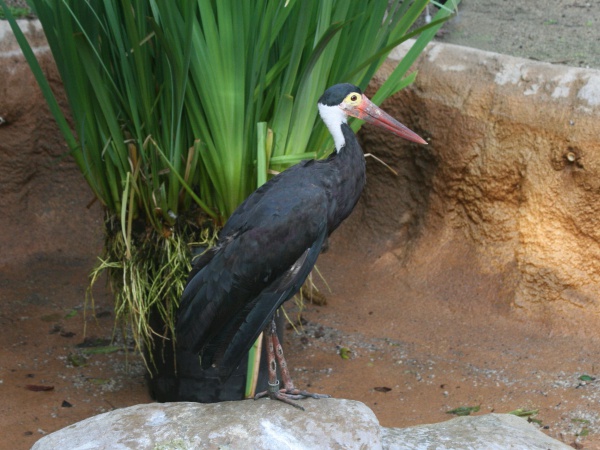Facts About Storm's stork
Storm’s stork is a rare, medium-sized bird that inhabits the lowland tropical forests of Indonesia, Malaysia, and southern Thailand. Sadly, fewer than 500 of these storks are believed to remain in the wild, and their numbers are decreasing due to deforestation.
First identified in 1896 by German sea captain Hugo Storm, the Storm’s stork is closely related to the woolly-necked stork but is distinguished by its unique yellowish-orange facial skin patch. It grows to about 75–91 cm in height, with black plumage, white undertail coverts, and a black cap.
These storks prefer dense forests and are known for their secretive behavior. Their diet includes small fish, frogs, and aquatic insects. They form monogamous pairs and construct their nests high up in tree forks. Unfortunately, they face threats from habitat destruction, hunting, and capture for the international zoo trade.
The Storm’s stork is listed as Endangered on the IUCN Red List, with an estimated population of just 400-500 individuals. While there are legal protections in some areas, enforcement is often inadequate. Conservation efforts focus on preserving their habitat and establishing protected areas with undisturbed lowland forests. Despite the difficulties in studying these elusive birds, ongoing efforts are crucial to prevent their extinction.

 Indonesia
Indonesia